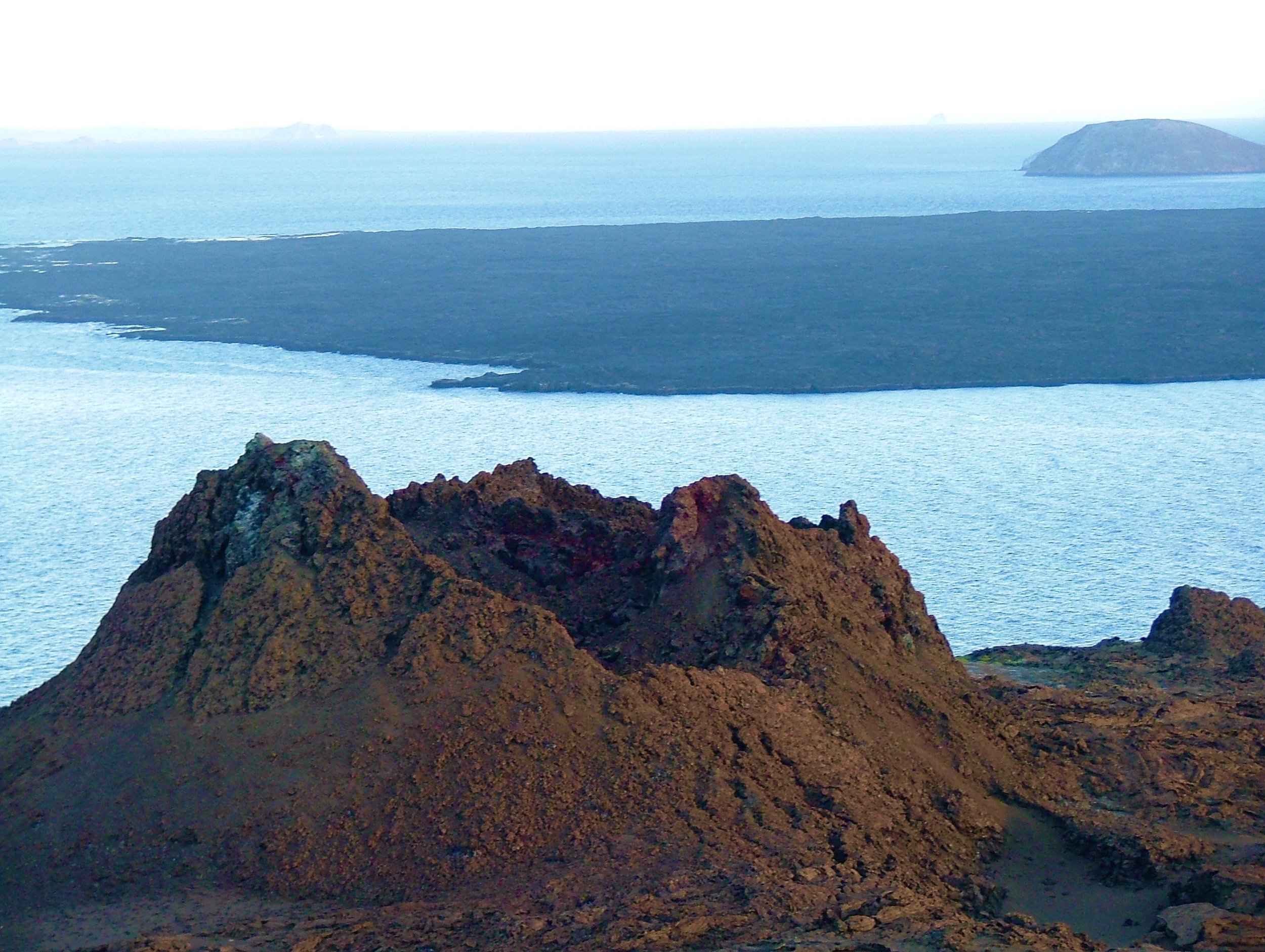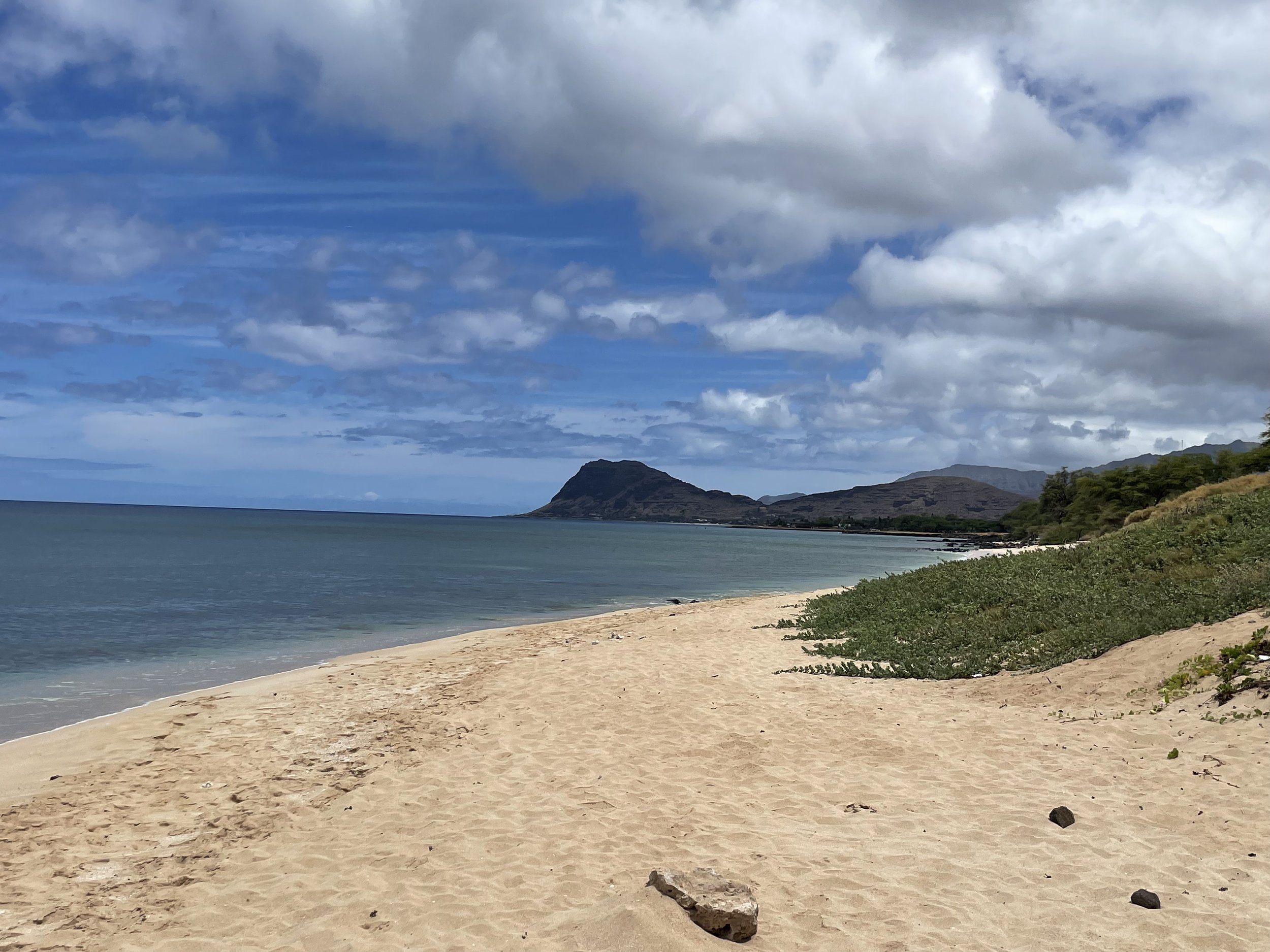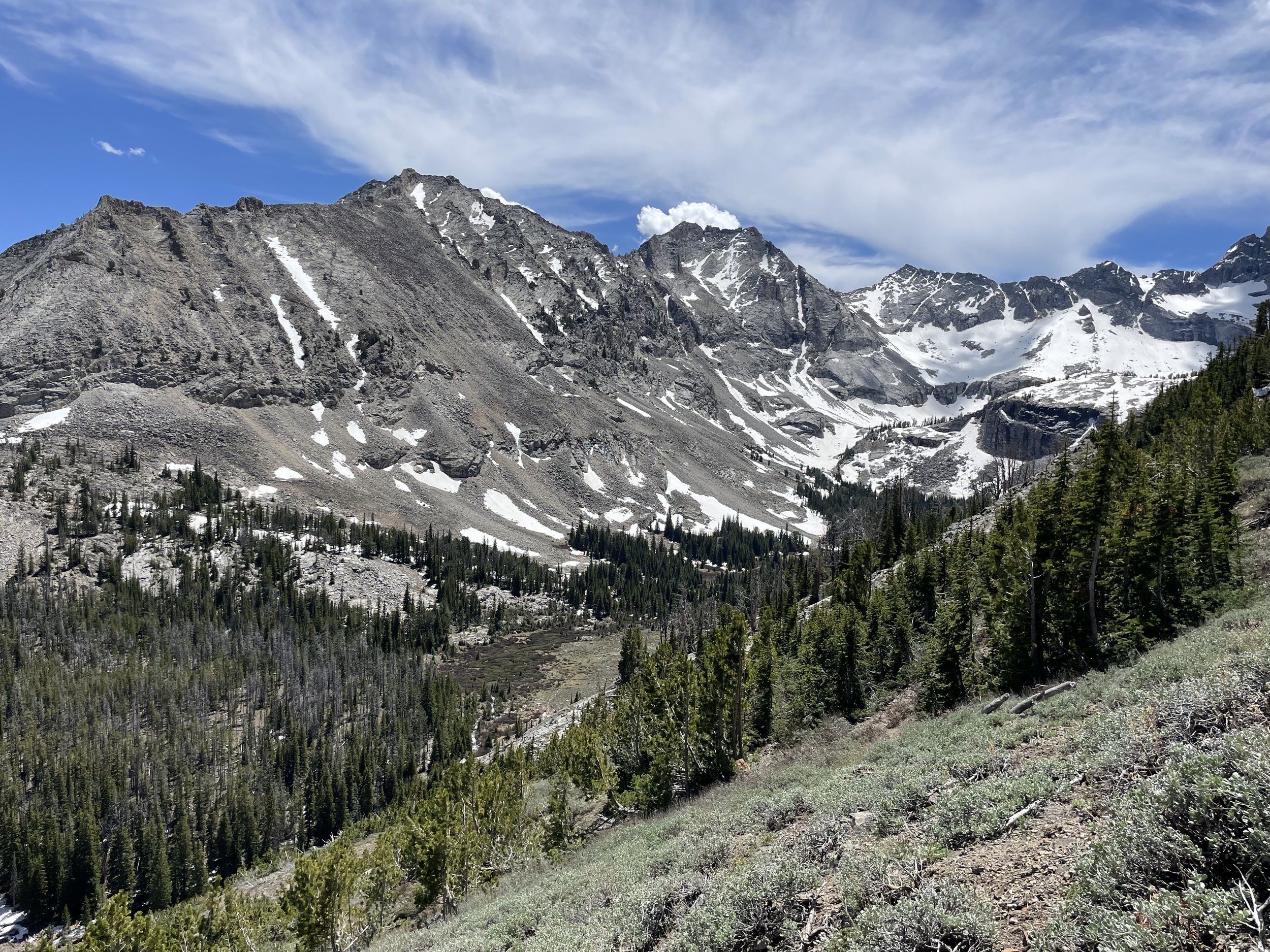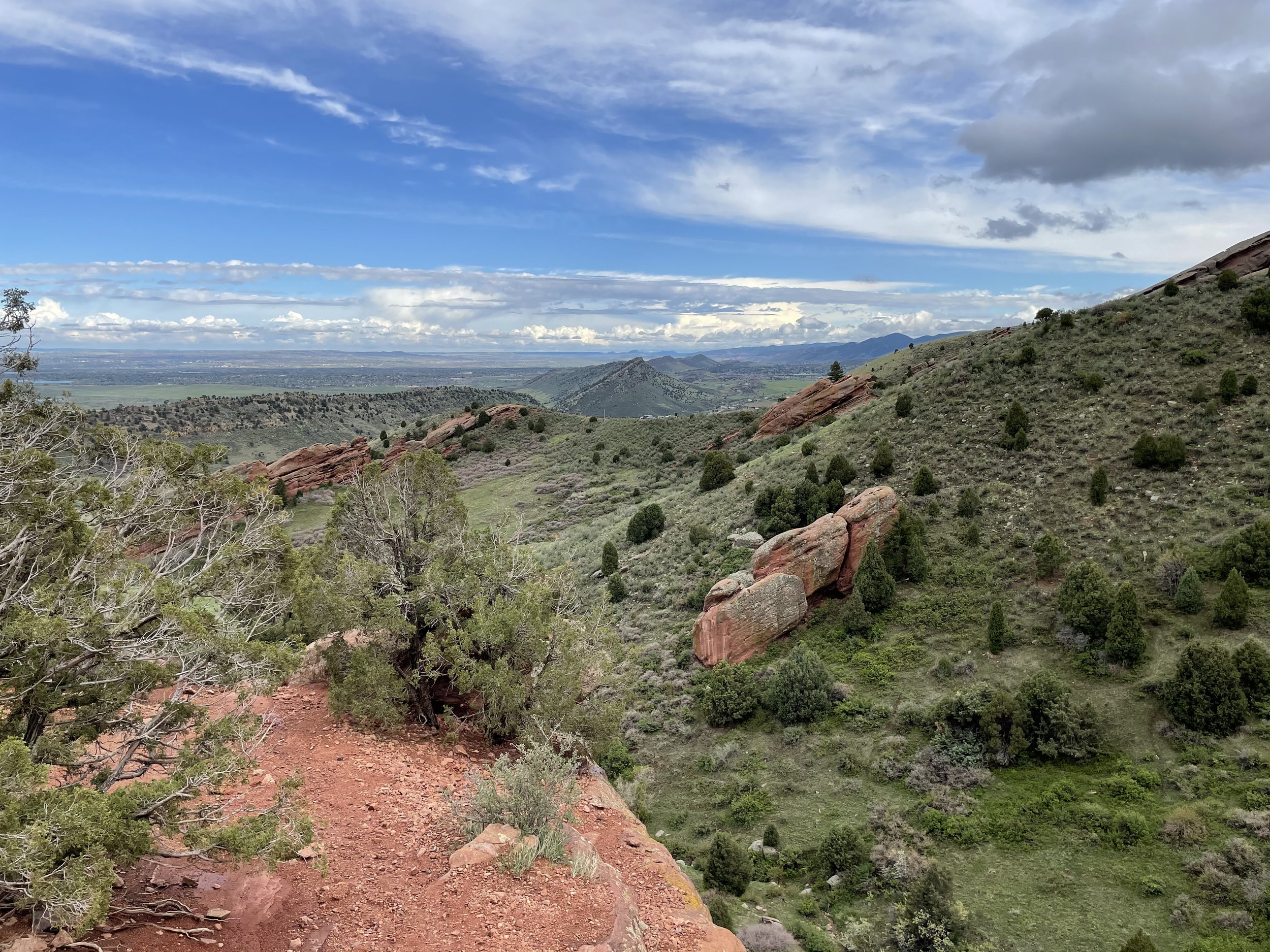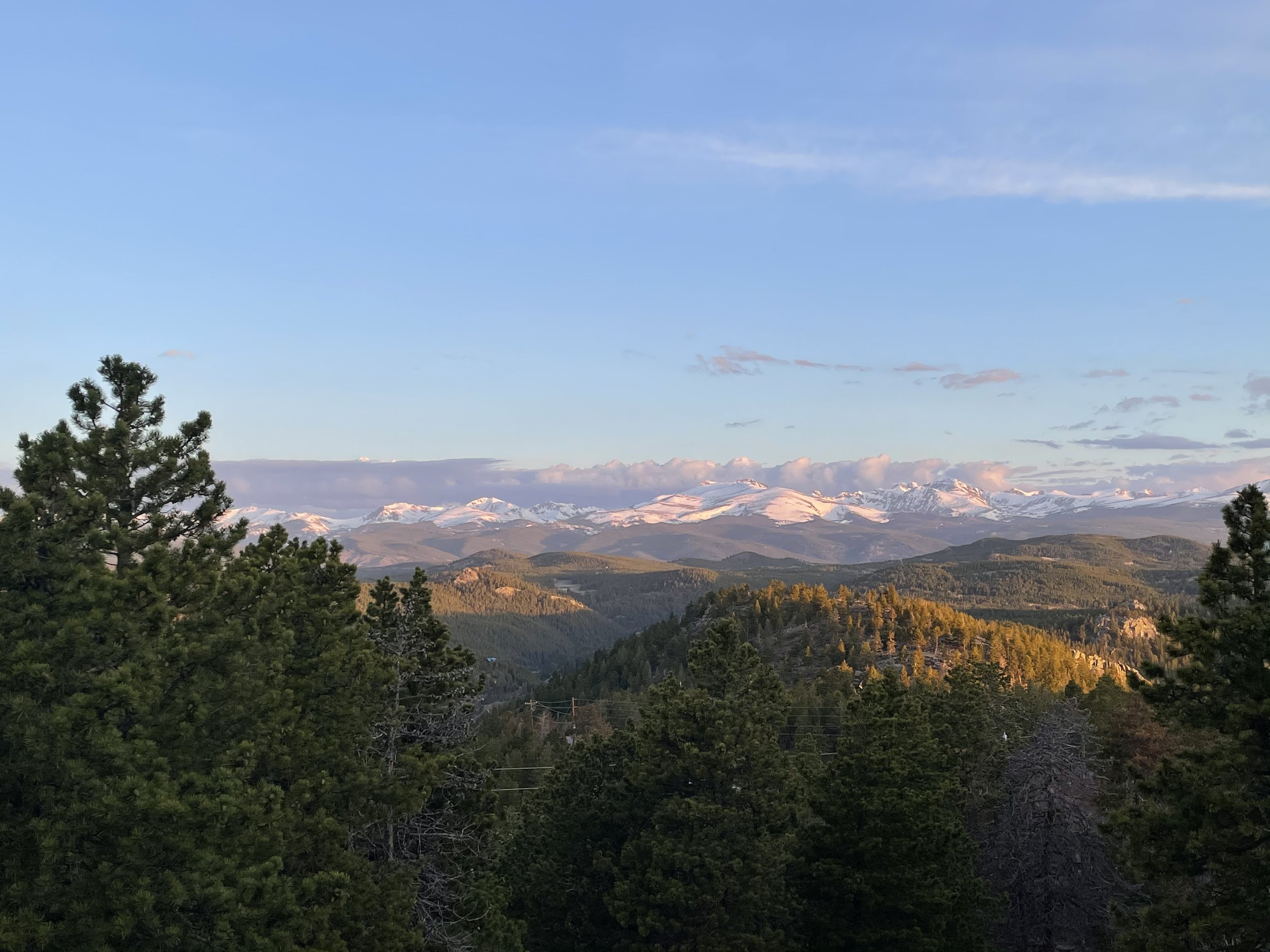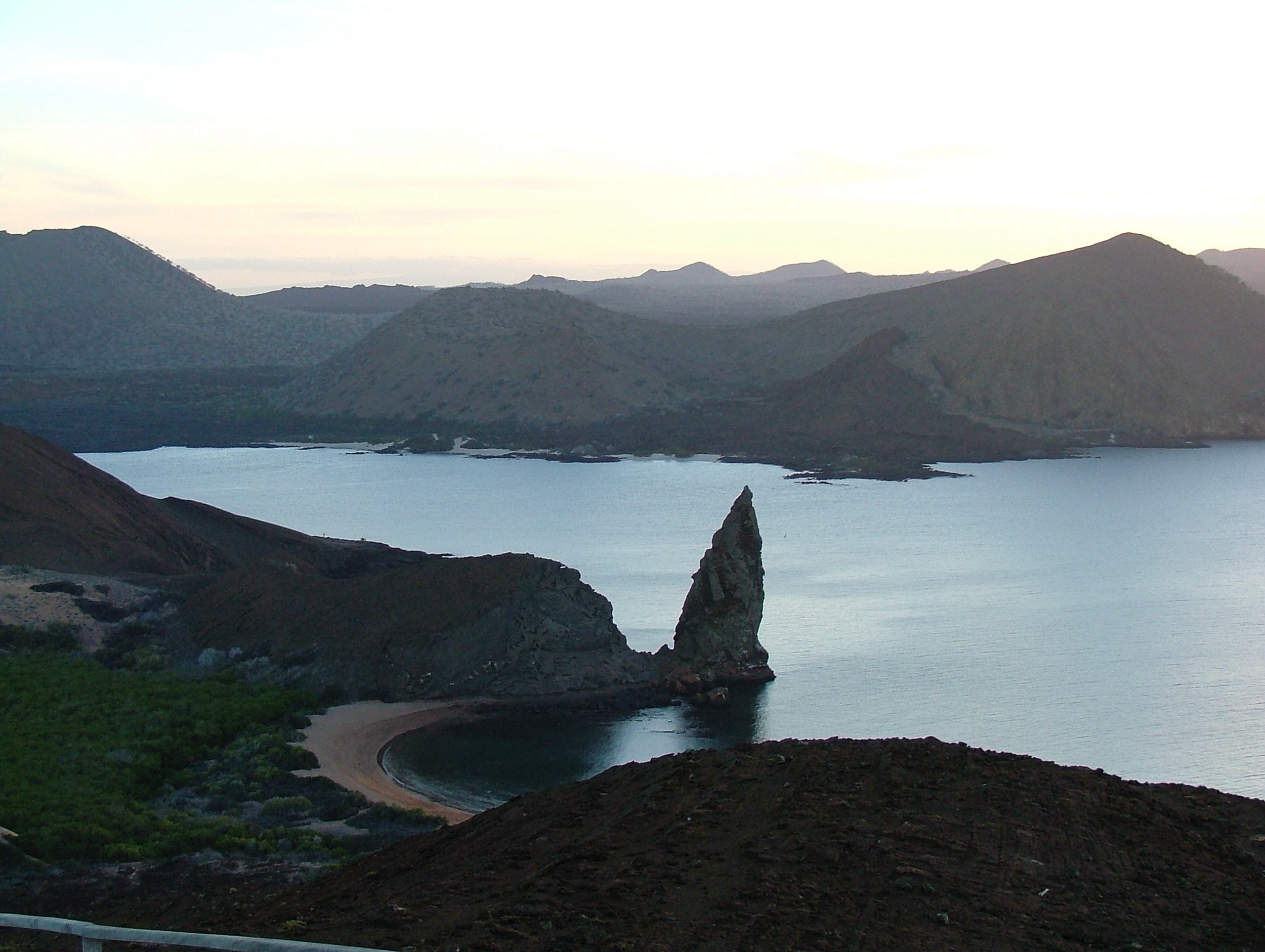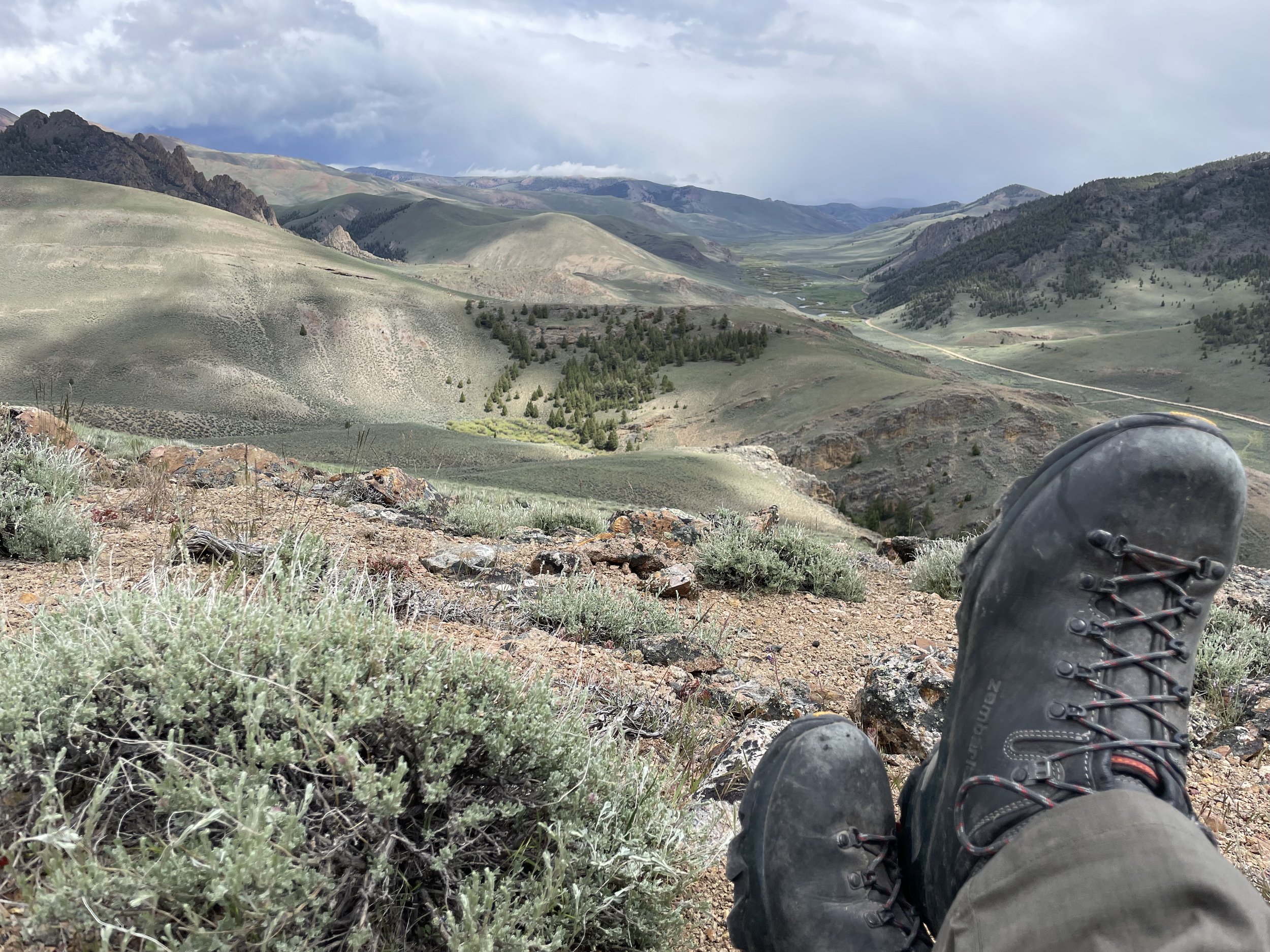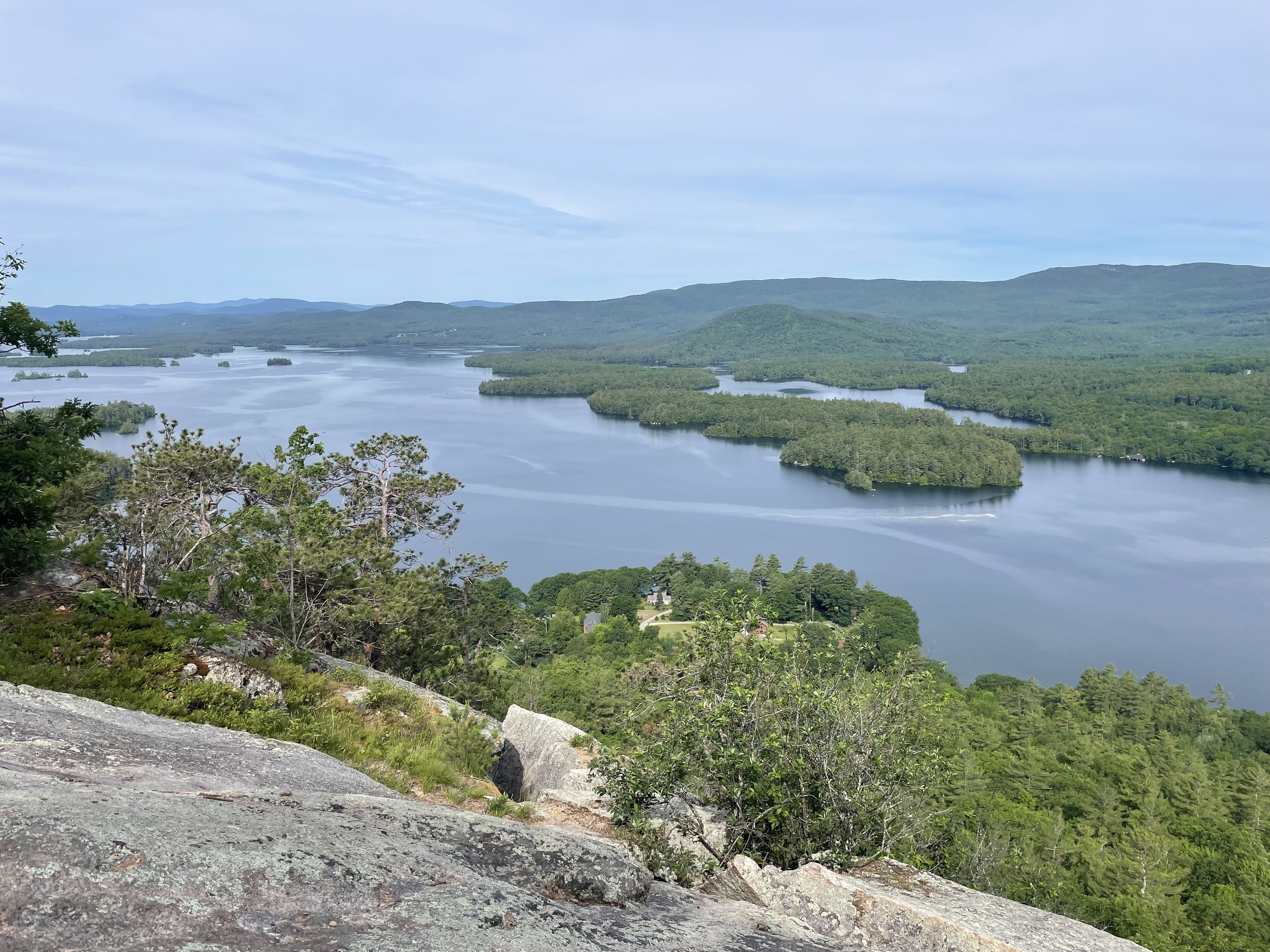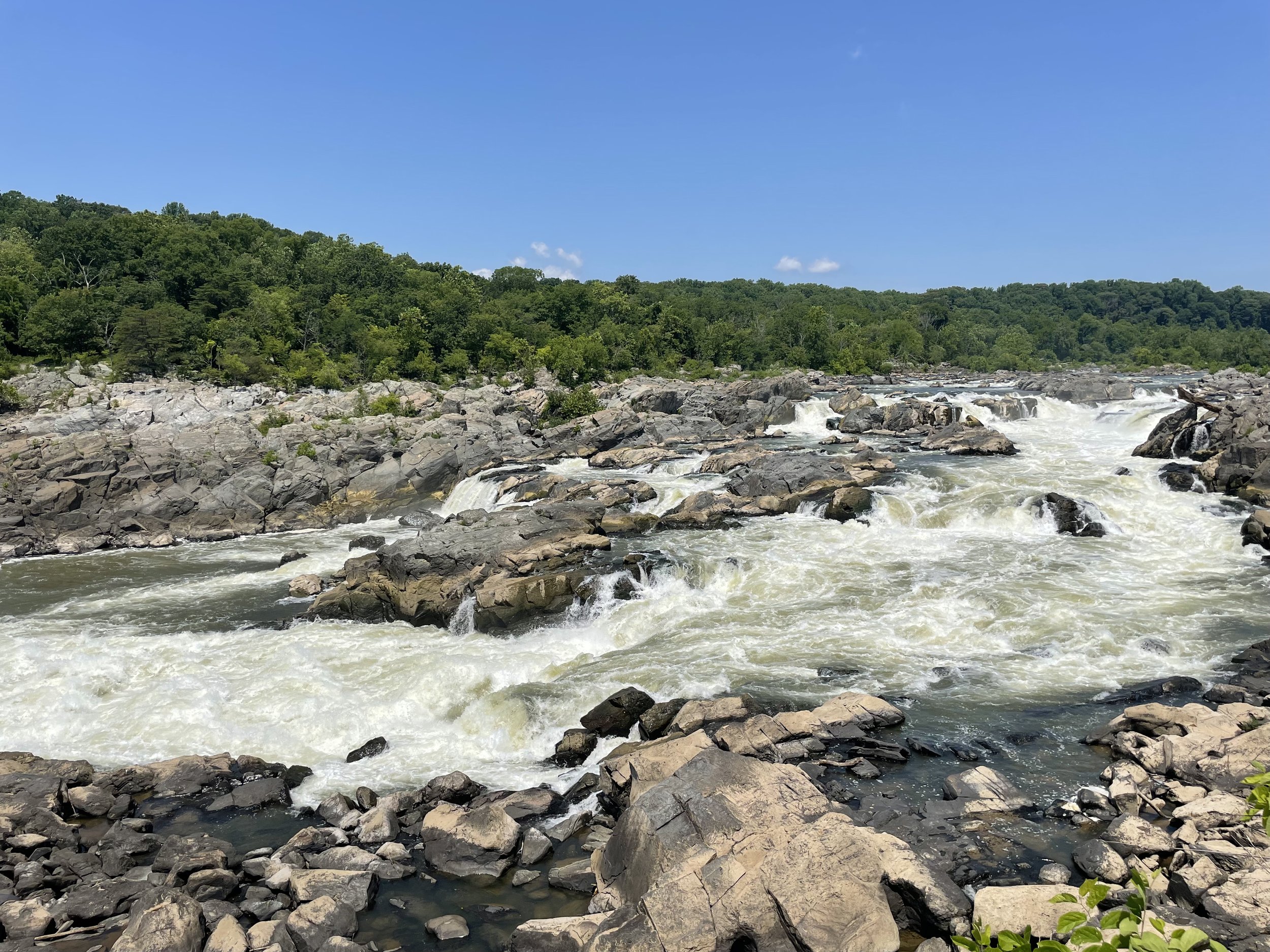Active Research Projects
Click on the photos, or scroll down, to learn more about each project.
If you are interested in working with me on any of these topics or have questions, please reach out!
-

The Neoarchean Earth
We are investigating several key events in the 3.0-2.5 Ga geological record, including the onset of sedimentary remelting, craton formation, and the extent of Hadean crust on Earth. We use whole-rock geochemistry and isotope records to tease out the history of our planet in this key interval.
-

Geochemical Sampling Uncertainty
We are developing calibrated tools to estimate a commonly under-appreciated aspect of geochemical data - geological sampling variability.
-

Forming the Lithospheric Roots
Building upon our discovery of >2.8 billion-year-old diamonds in northern Canada, we are currently working to understand how ancient mantle roots formed beneath continents.
-

Geochronology Development
Dates of events underpin our understanding of the world. We are working to develop new chronometric techniques to date poorly constrained events.
-
Early Crust Formation
Less than a part per million of the rocks on Earth are from the earliest 500 million years of Earth history. We are working to understand how crust was formed back then using exploration, basic petrology, and advanced isotope techniques.
-

Mineral Zoning Evolution
We are working to use mineral zoning to better understand the processes of magma evolution and metamorphism.
During the interval between 2.5 and 2.8 billion years ago, called the Neoarchean, nearly every part of the solid Earth system underwent dramatic changes - Earth’s continents rose above sea level, the deep mantle roots stabilized, and large tracts of granites were intruded into the crust. These Solid Earth System changes were instrumental in setting the stage for the next dramatic change in the Earth System - the rise of oxygen in the atmosphere. Not only do tracts of Neoarchean crust contain valuable mineral deposits (>90% of Earth’s platinum, >80% of the gold), but these changes put Earth on a trajectory to support complex life as we know it today.
The Neoarchean Earth
Together with colleagues, I have recently embarked on projects aimed at understanding the Earth’s evolution during this critical time period. These projects come in three main thrusts:
Geochemical analyses of >2.85 Ga detrital diamonds
Testing crustal growth models using the extant Neoarchean granitoid record
Developing P-T-t datasets to determine how very thick Archean lithosphere formed.
1) Ancient Diamonds Record Archean Mantle Roots
Together with colleagues at the University of Alberta, we have discovered rare, >2.85 Ga diamonds in the Slave craton, Northwest Territories, Canada. As diamonds only form in deep, cool lithosphere, these rare samples contain geochemical signatures of deep lithosphere formation mechanisms as well as the depth and pressure of cool continental roots in the Archean.
These samples provide valuable windows into the timing and mechanism of ancient continent stabilization. Supported by a grant from the National Science Foundation (EAR-CH-2118161 $385,650), we are collecting more samples and performing geochemical analyses of the sediments containing such these valuable tracers of ancient mantle roots.
2) Testing Continental Growth with Neoarchean Granitoids
Prior to 3.0 Ga, Earth’s extant continental crust consists of highly deformed rocks preserved in basement gneiss complexes. However, after 3.0 Ga, large swaths of well-preserved granite exists on most ancient continental blocks. These granite bodies represent the final stabilization of Archean continental crust.
Funded by an NSF CAREER award (CAREER-2145334 $903,320), I will be working to further understand both the timing of continental growth on Earth, as well as the processes by which large tracts of continental crust matured and eventually stabilized in the Neoarchean. This work will be conducted in various cratons across North America and will utilize the 142-Neodymium isotope system, a radiogenic isotope that is uniquely well-suited to tracing the presence of very ancient continental material.
3) Using Metamorphic Timescales to Understand Craton Formation
There are many viable models that attempt to explain how deep, thick, continental crust became stable between 3.0 and 2.5 billion years ago. These range from micro-continental collision, to vertical tectonic regimes, to mantle plume heating events.
While many Archean cratons record high-temperature, low pressure metamorphic conditions, many of these models are distinguishable using the extant metamorphic and igneous rock record. In our laboratory at Penn State (LionChron), we will be conducting high-spatial-resolution mineral analyses focused on understanding the pressure-temperature-time paths of Archean metamorphism.
These analyses will be used in concert with thermodynamic and thermal modeling to refine the mechanisms of continental stabilization in the Archean - a critical time period in Earth’s .
Geochemical Technique Development
1) Development of a Cavity-Ion Source Mass Spectrometer
Mass spectrometers perform measurements used in nuclear safeguarding, measure the ages of rocks and minerals, and determine ancient climate on Earth.
We are leading development of a new instrument that can make ultra-precise isotope ratio measurements on large samples. We are primarily interested in determining the timing of events on the early Earth and early planetary bodies, but this instrument would be extremely useful for the nuclear forensic and cosmochemistry communities.
We have currently demonstrated proof-of-concept in that we can generate large Nd+ signal sizes for several hours, signal sizes that predict we should be able to measure isotope ratios at the sub-ppm level.
Geochemical data, and the instruments that collect it, are the workhorses of the modern geoscience research enterprise. I am deeply passionate about technique development, both by improving instrumentation as well as developing new data collection approaches and algorithms. Technical development work is a time-consuming and costly enterprise, but generating truly exceptional geochemical data is necessary to drive forward our understanding of the planet.
2) Data Collection and Reduction Strategies
I am also interested in improving data processing and creating techniques to model complex data sets such as detrital zircon U-Pb and whole-rock radioisotope data. We hope these techniques will be useful to many aspects of the geochemical community, and I continue to apply them to complex, multi-phase datasets.
We are particularly interested in attempting to date fluid flow through sedimentary basins, developing new geochronometers and approaches to sample collection, and improving the statistical rigor with which we approach geochemical datasets.
Geochemical Sampling Uncertainty
Sampling is often the most basic part of a geologist’s workflow. Despite it’s importance, the uncertainty associated with sampling coarse-grained rocks is poorly understood and rarely, if ever, calibrated or discussed. Together with collaborators, we are aiming to:
1) More accurately predict geochemical sampling uncertainty in rocks of different compositions and grain sizes
2) Calibrate sampling uncertainty both in field sampling as well as laboratory sampling of rock powders
3) Address the commonly documented ‘nugget’ effect for rare elements and trace phases.
We are doing this work on a variety of scales, with implications for A) exploration for commodities, B) geochemical sampling of igneous rocks, C) metamorphic pseudosection modeling, and D) mantle compositions.
We have a preliminary model that is openly accessible online. You can access the modeling code here for free.
Here we show and example of the distribution of a Monte Carlo model of sampling a coarse-grained, k-feldspar megacrystic granite. The K2O concentrations of these simulations match well with an empirical calibration measuring multiple samples of a real rock.
We are using this modeling strategy to expand the accurate geochemical sampling uncertainty to rock types typically collected during the economic prospecting stage. Below is an extreme example of a grid-sampling campaign for lithium pegmatites. Kriging analysis of randomly collected lithium-bearing rocks yield very different estimates of the lithium prospect in this region.
Formation of Earth’s First Continental Crust
The oldest rocks on Earth are a full 500 million years younger than the Earth itself. That is the amount of time that complex life has existed on Earth. Rocks and minerals are very rare from the early Earth because the planet is active and constantly reworking itself, erasing it’s past history.
I am interested in using geochemical signatures in ancient rocks and minerals to infer how the Earth worked back more than 4 billion years ago. Did continents exist? Was plate tectonics active? Was there life on Earth? All these questions can be answered by studying ancient samples.
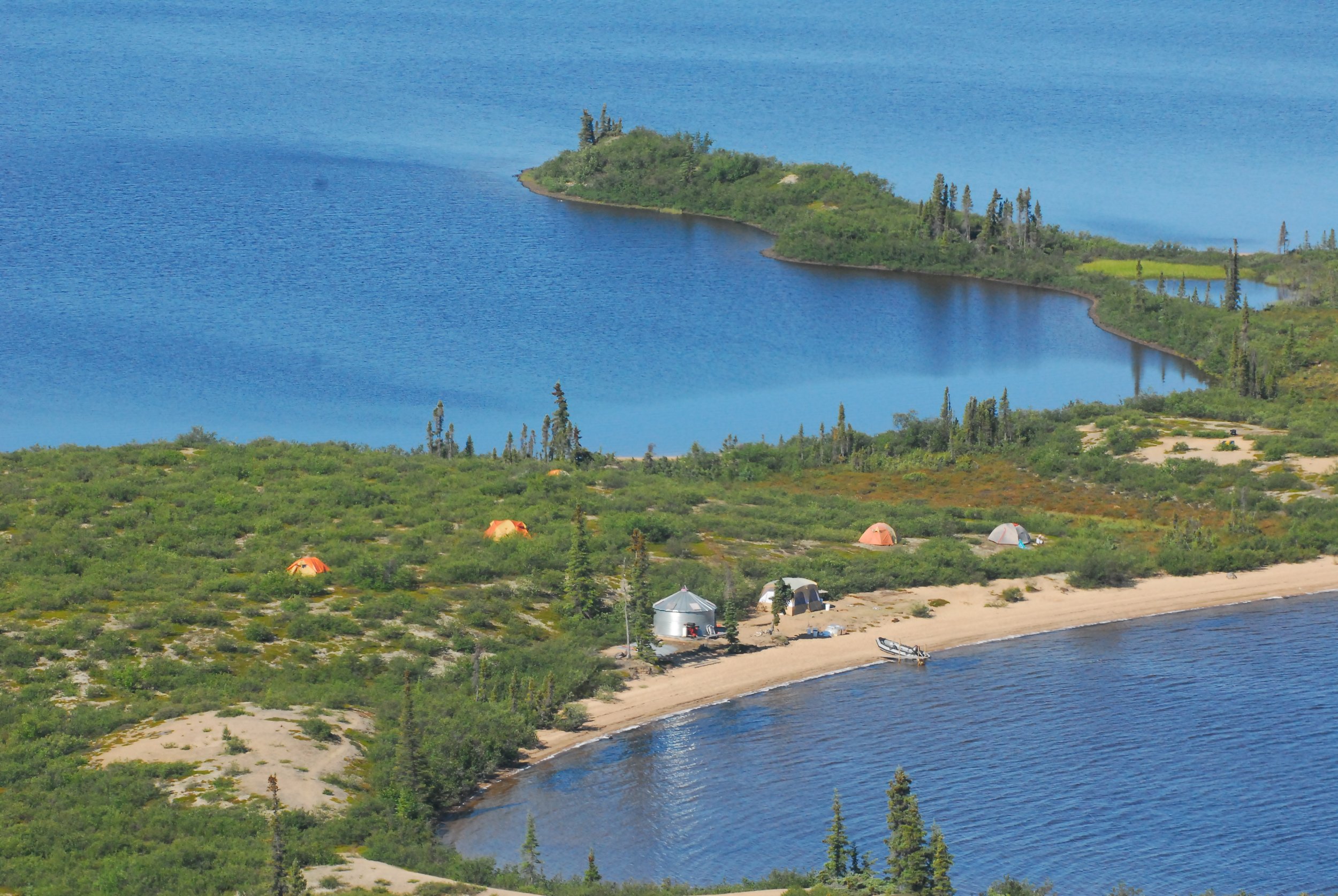
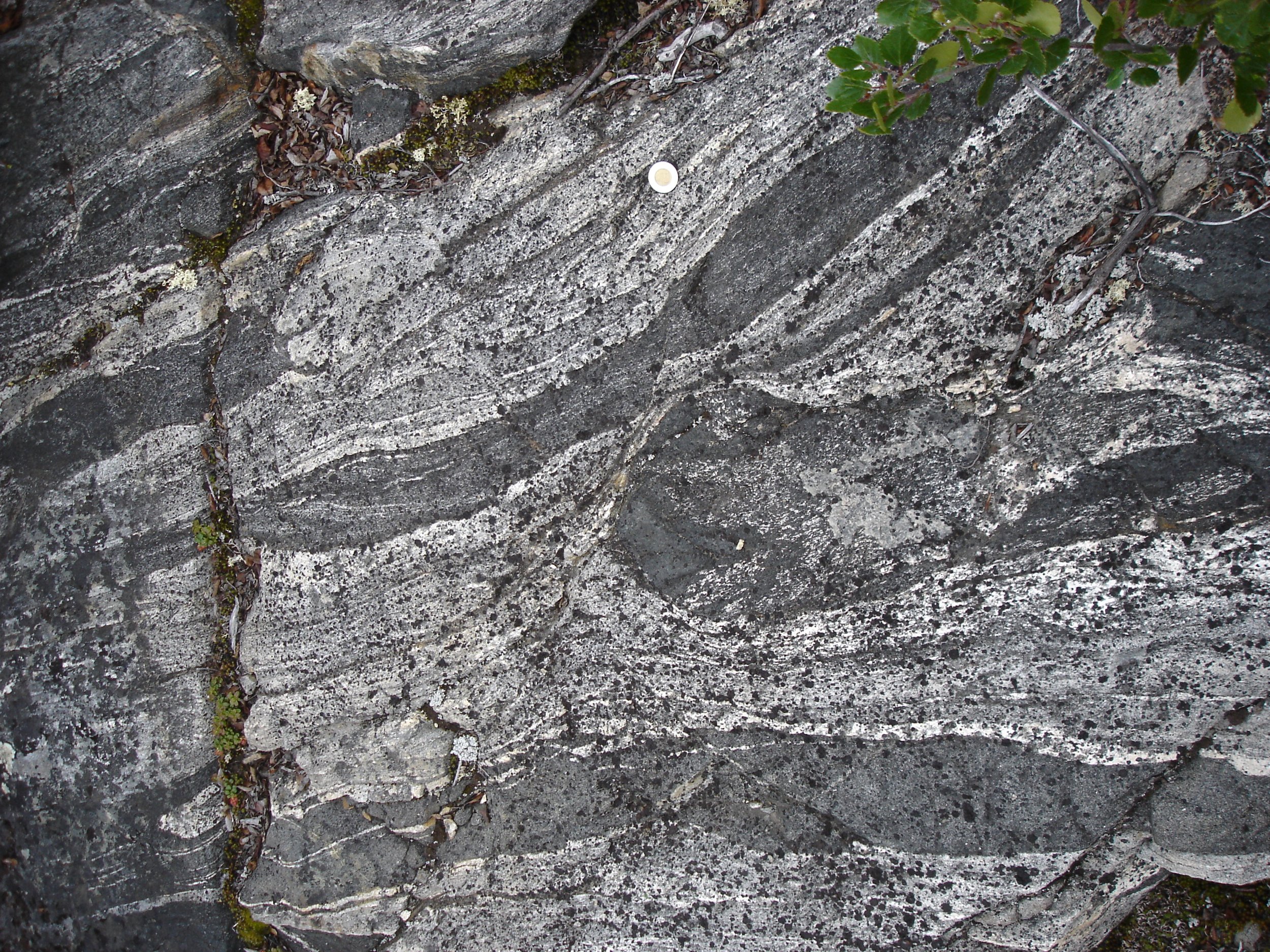
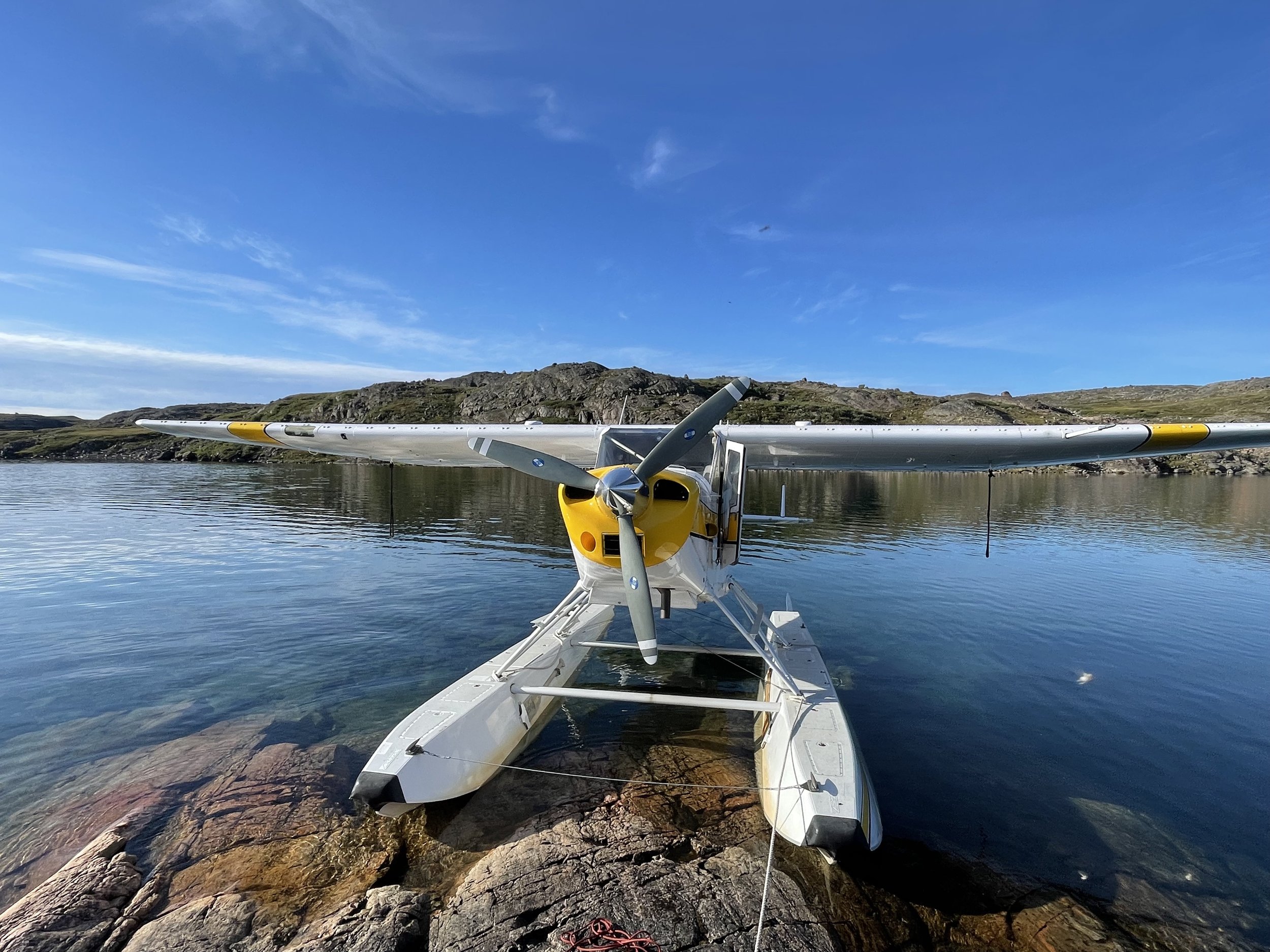
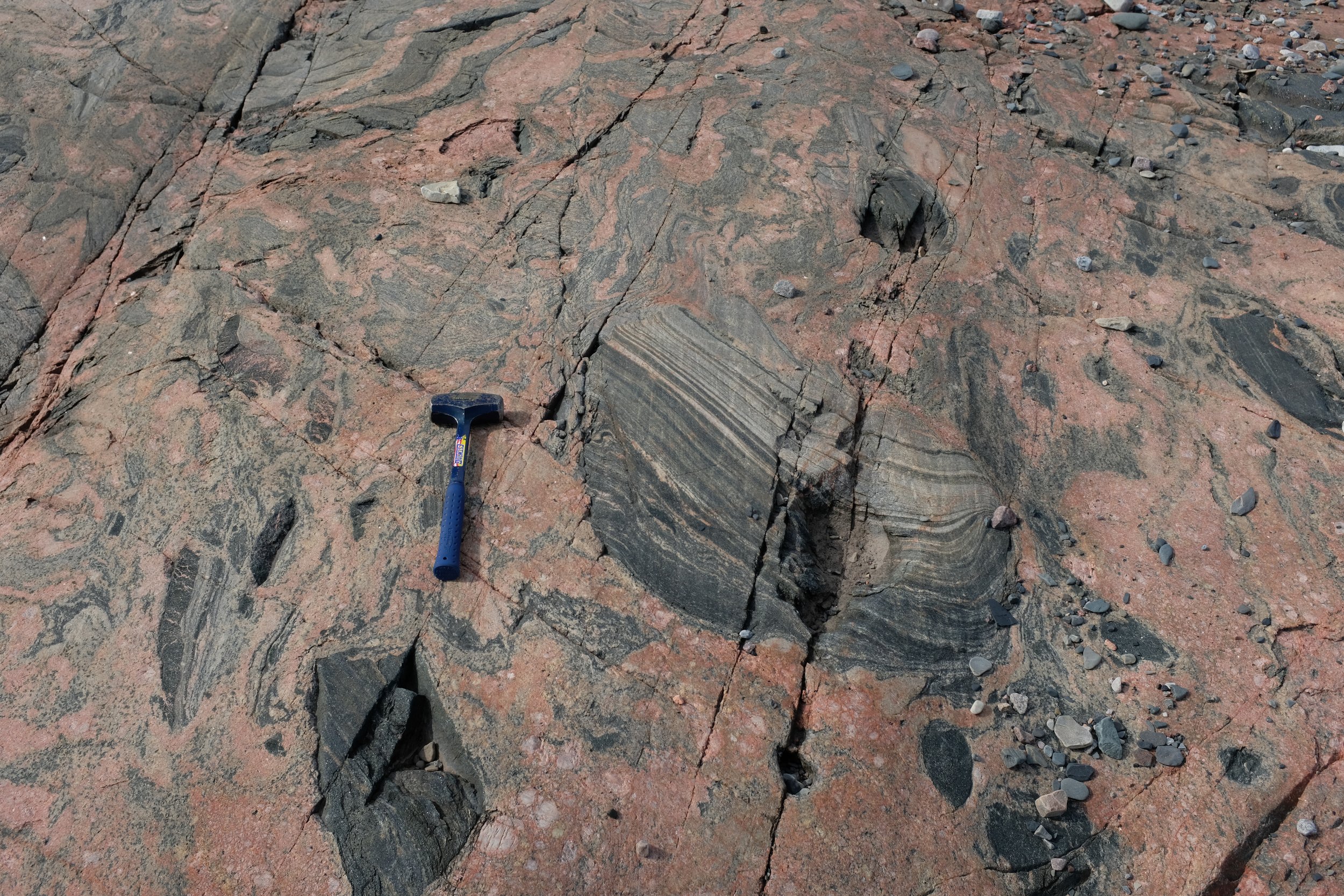
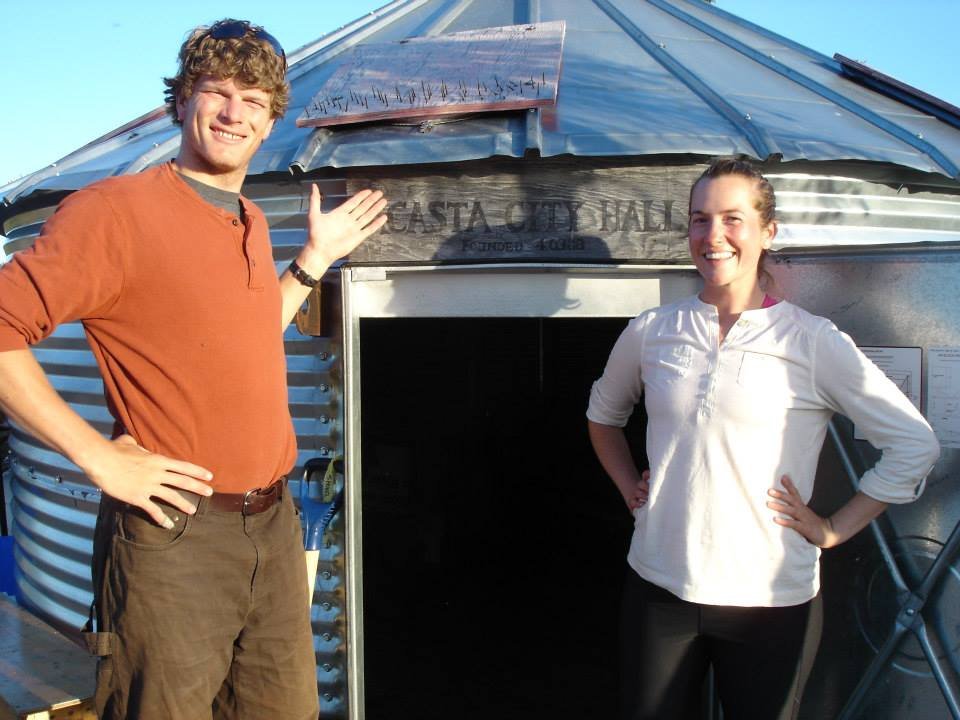
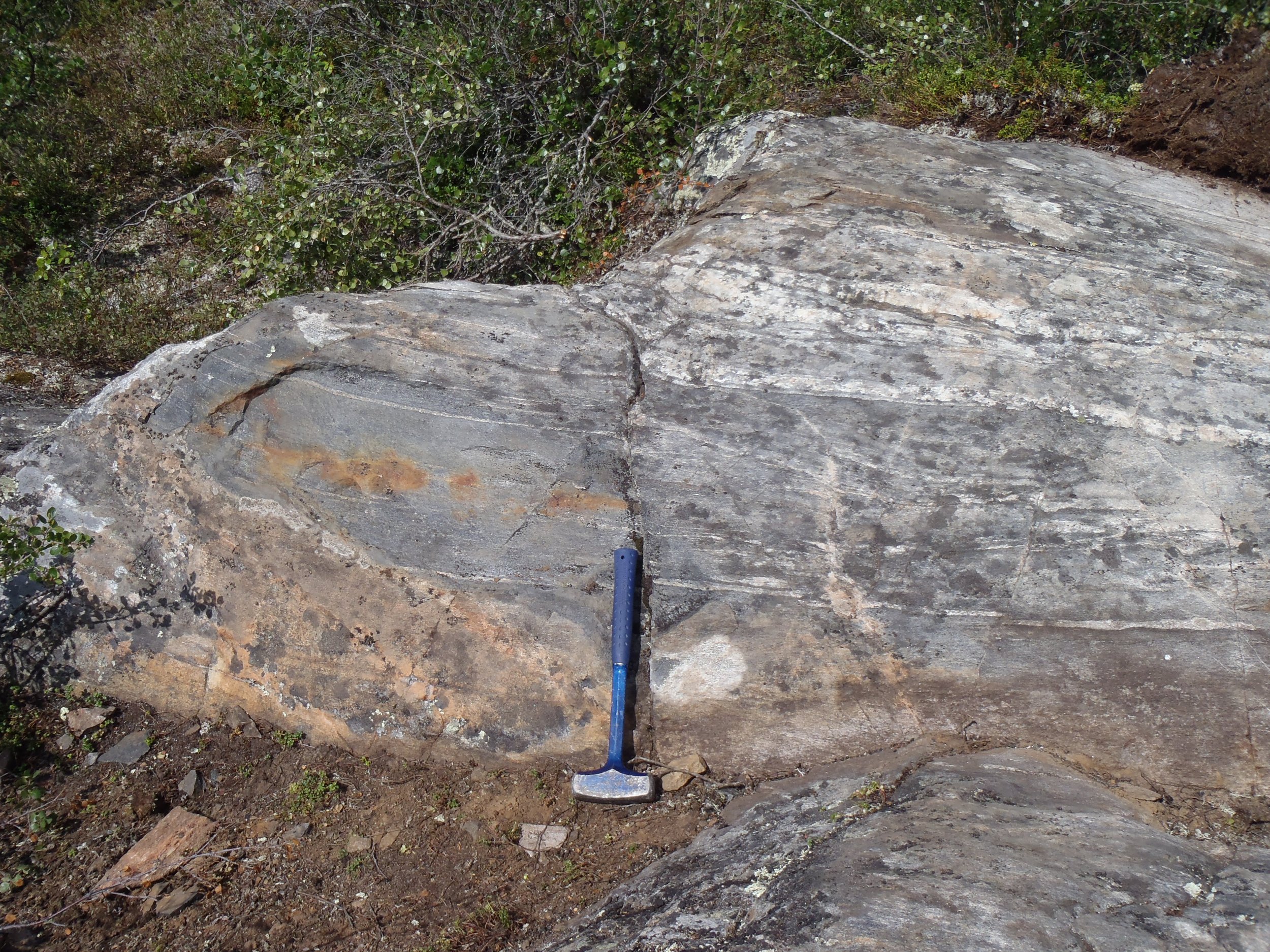
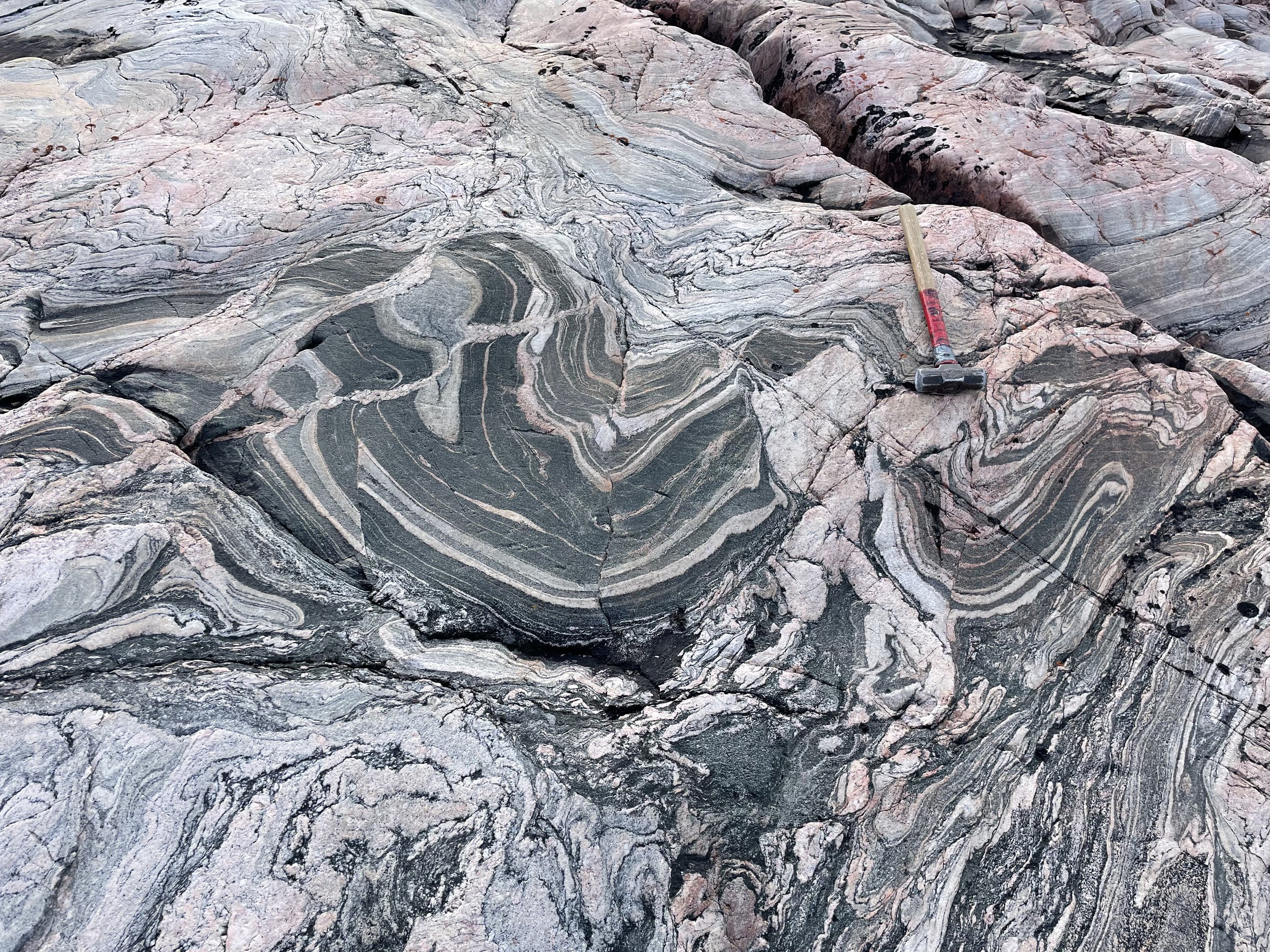
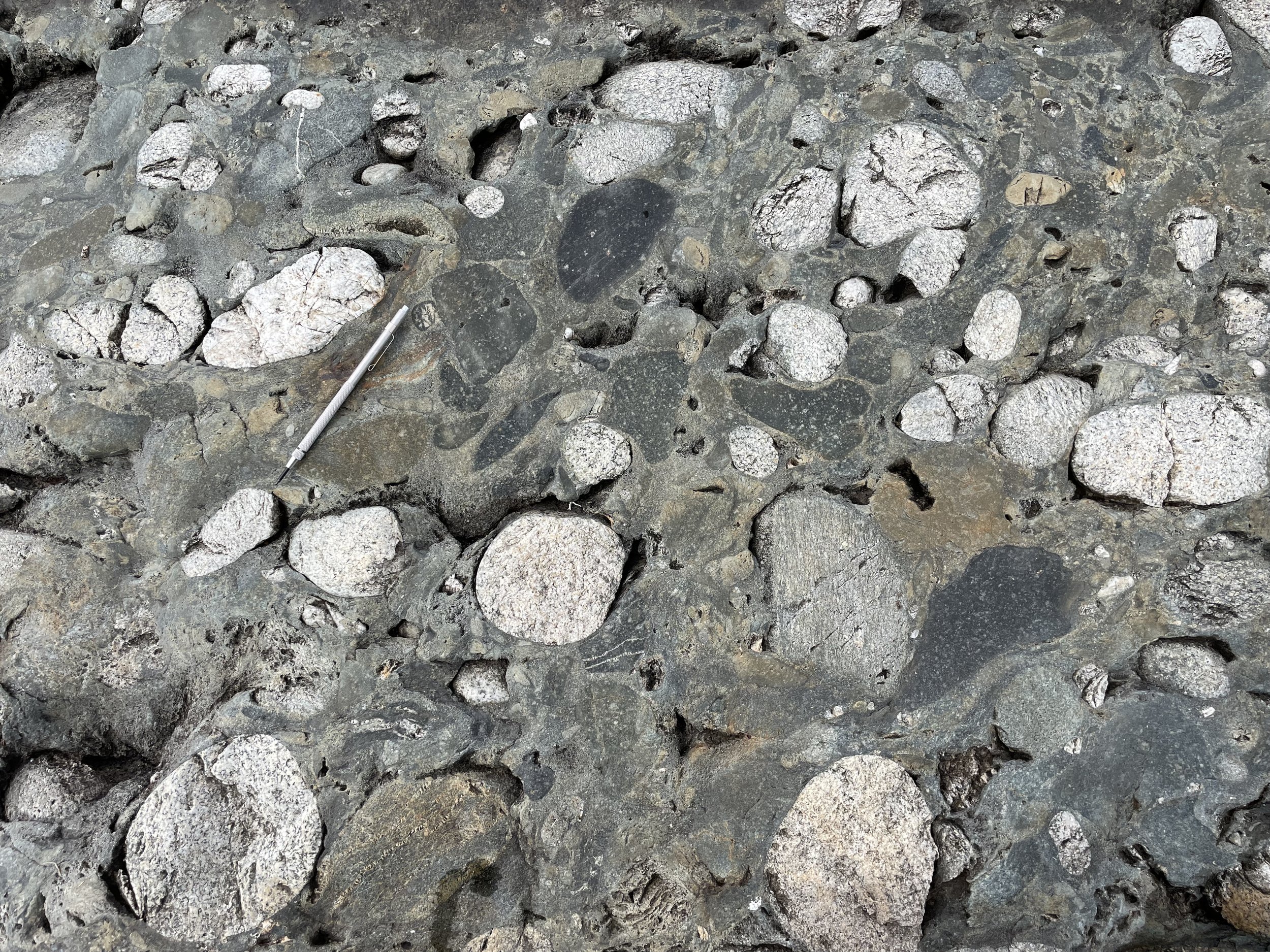
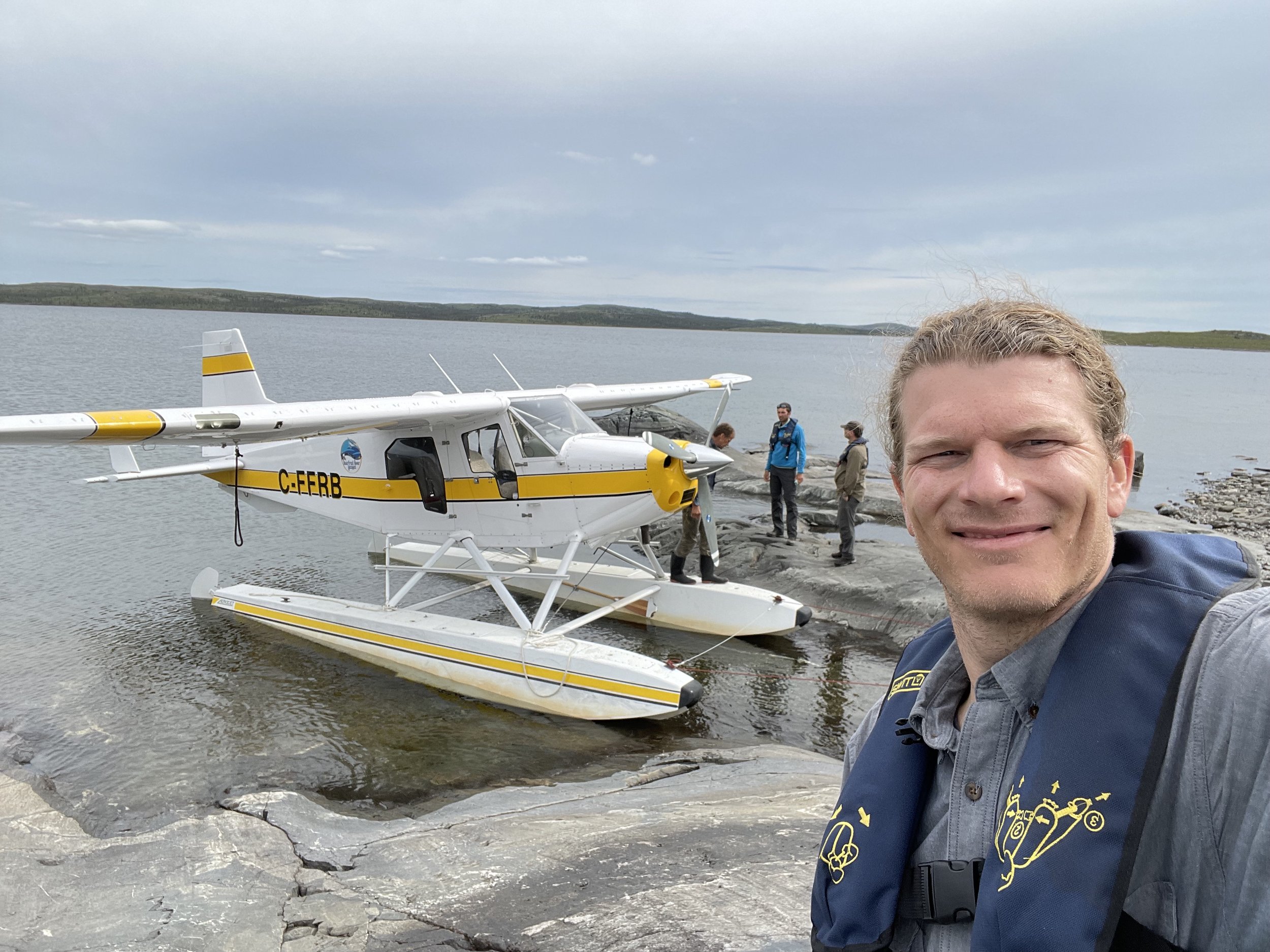
My PhD thesis work focused on rocks from the Acasta Gneiss Complex, a well-studied region widely regarded as containing the oldest rocks in the world. During this time I mapped several areas with the Acasta region and performed state-of-the-art geochemical analyses on both bulk rock samples and zircons extracted from these valuable rocks. Our results led us to propose that ancient continental nuclei formed in a petrologic setting similar to modern Iceland.
I continue this work studying Earth’s oldest continental crust in two ways:
I am actively developing new approaches to zircon geochemical analyses and interpretations. For instance, we compared zircons found in metaigneous rocks from the Acasta Gneiss Complex to detrital zircon grains found in the famous Jack Hills region of Western Australia - based on geochemical similarities we concluded that the Jack Hills zircons likely formed from TTG-like rocks in a setting comparable to the Acasta Gneiss Complex.
We continue to actively search for very ancient crustal locations. This has yielded some success, with preliminary data suggesting >3.7 billion year old rocks exist in newly discovered regions of Nunavut, Canada. More information regarding these projects will be forthcoming shortly.

